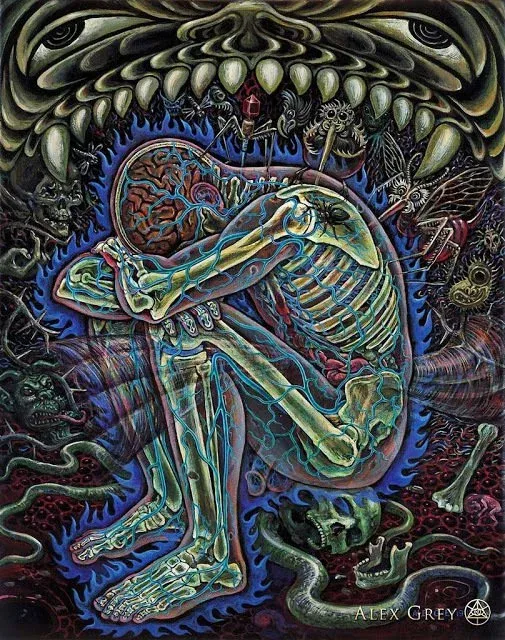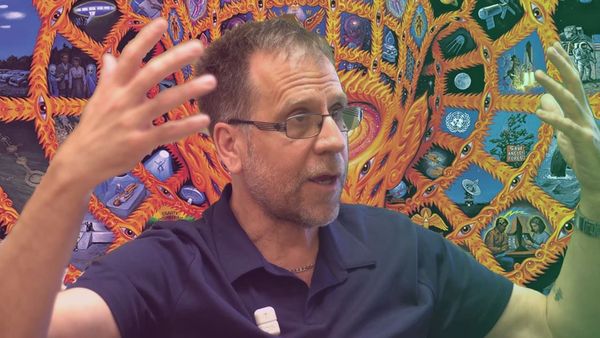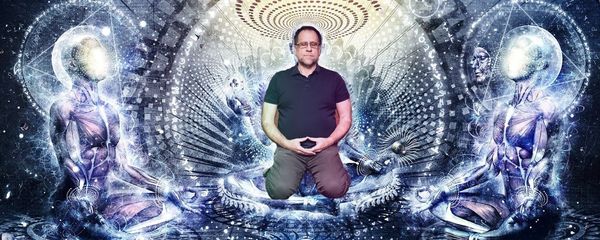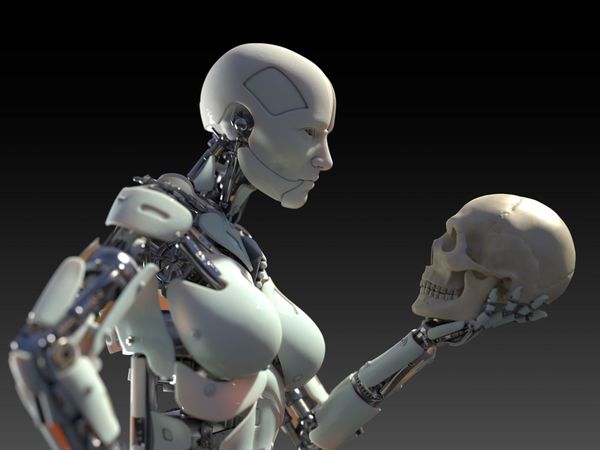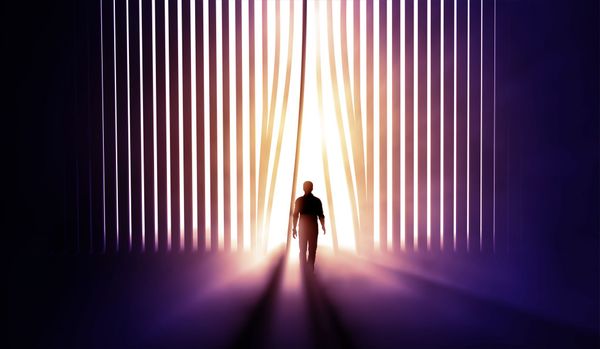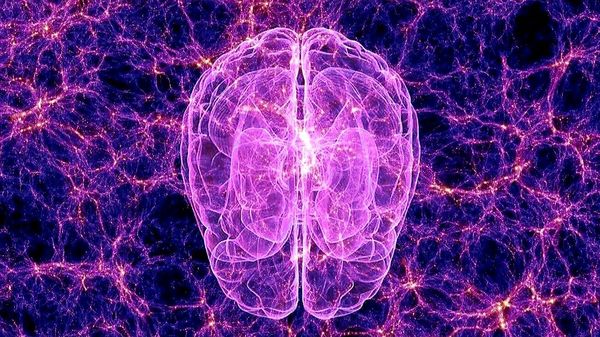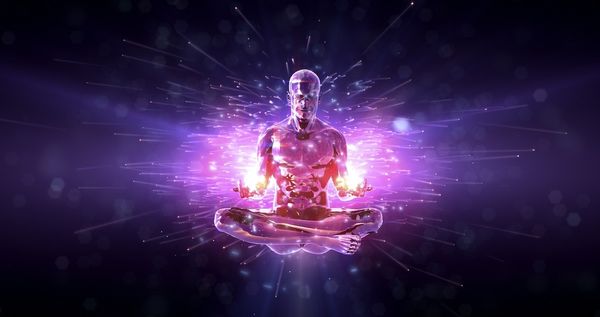Phil Drolet • • 7 min read
7 Steps to Remove Toxic Beliefs and Overcome Confirmation Bias
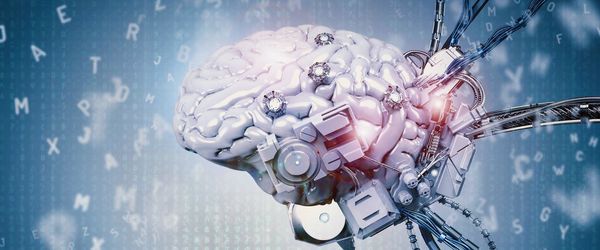
“When I let go of what I am, I become what I might be.”
— Lao Tzu
Growing up as a high-level swimmer, I discovered at an early age that the results I get in life are proportional to the amount of hard work I put in.
Ever since, I believed deeply that if I worked harder, I’d reach my goals faster and have more of what I want in life.
That belief drove a lot of the choices I made and profoundly impacted how I lived my life.
But what if this belief was actually… misguided?
What if that was just a story I was telling myself… that wasn’t entirely true?
Then I’d pretty much be shooting myself in the foot, every day, without realizing it. Hmmm.
Now think about this:
What if some of YOUR core beliefs (about yourself, others, and the world) were false, and are actually sabotaging your happiness, health, and success?
That would suck, right?
Here is a very powerful (and underappreciated) way to improve the quality of your thinking and evolve yourself.
It’s not “feel good” personal development.
It’s not a quick-fix or a hit of “inspiration high”.
This is deep stuff.
And I truly believe it will give you a whole new way of looking at your mind and improving it.
A Friday Unlike Any Other
This story starts on Friday, September 21st, when I did something I never do.
It’s something that most people dream of doing every week…
No, it wasn’t a crazy adventure in nature, or a pool party with an open bar and models.
It was much simpler than that.
I took a Friday off work.
I gave myself permission to take a day off and recover. During the workweek.
Shocking, I know!
Why did I do it? Because I was tired and feeling a little burned out.
Believe it or not, it was actually hard for me to give myself permission to take the day off (more on this later).
But it was, honestly, a phenomenal decision. It led me to a major epiphany…
One that’s changing the way I’m approaching my own personal development.
A Relaxing Day… Turned Major Breakthrough
When I woke up that Friday, I decided to make it the most relaxing day possible.
I lit up some incense and meditated for a long time.
I went for a slow, peaceful bike ride around Boulder.
I stopped by Tonic, an “herban lounge” and drank Kava for the first time.
I read a spirituality book (Conversations with God)… slowly.
I reflected.
I cooked myself a nice meal (my mom’s infamous lentil soup recipe).
I even watched Eat, Pray, Love.
Pure relaxation. It felt good. Real good.
I enjoyed a deeper level of inner peace than I had experienced in a long time. I felt reconnected with my true essence: love, appreciation, and grace.
But it was more than just blissed out relaxation. Taking this time to slow down and think deeply led to a profound realization about how we operate as humans (specifically, how weird we are)…
Brain Hacking 101: Why Do We Choose Stupidity?
Albert Einstein has a famous quote that says: “The definition of insanity is doing the same thing over and over again and expecting a different result”.
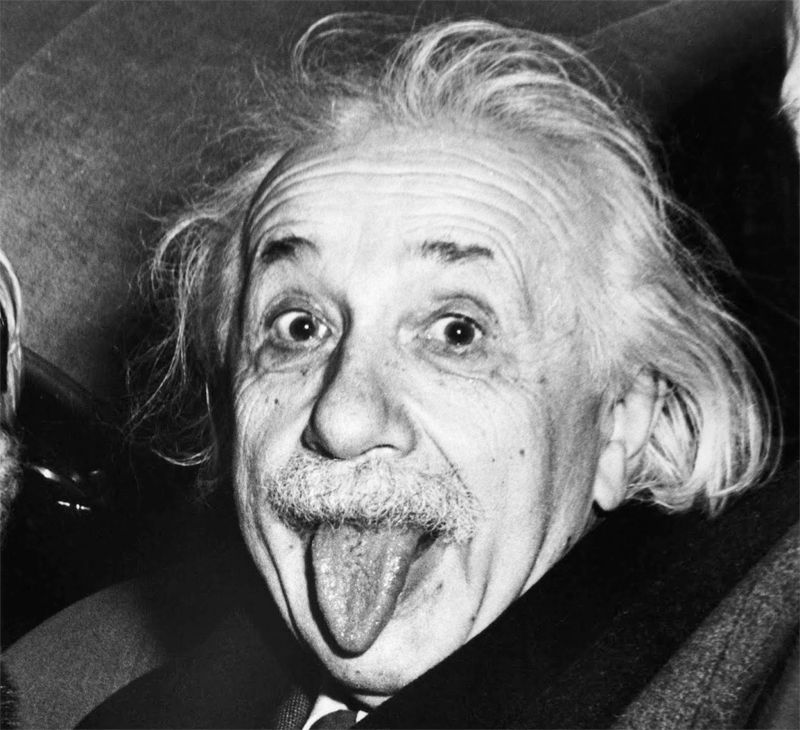
Let’s face it. We are all guilty of this… more often than we realize.
I do it.
You do it.
We all do it.
We go out of our way to keep doing the same things, even when it’s obvious that they’re not really working.
Why?
Because we prefer to stay comfortable doing something sub-par than to temporarily get uncomfortable so we can start operating at a higher level.
This is obviously true of our behaviours. We do the same things again and again.
But what I want to talk about today is deeper.
Our beliefs.
Beliefs: The Software of Your Mind
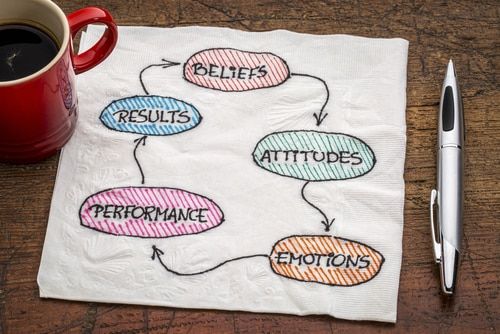
If our brain is like a computer, our beliefs are like the software that runs on the computer.
Our beliefs (about ourselves, others and the world), whether we’re aware of them or not, affect everything in our life.
If you’ve studied human psychology, you’ve probably come across this important pattern:
Beliefs -> Thoughts -> Feelings -> Actions -> Results
Our beliefs create our thoughts.
Our thoughts create our feelings.
Our feelings create our actions.
Our actions create our results.
Consider this for a second. It’s very important to understand this pattern. For in many ways it’s the foundation of our human experience.
Everything stems from our beliefs.
If we have empowering beliefs, everything is going to be solid.
But on the other end, if we have limiting beliefs… we’re going to be in trouble.
And when we change our beliefs, everything else changes. Our thoughts, feelings, actions, results, and ultimately… our destiny.
Makes sense? All right, let’s keep going.
Back to this idea of not wanting to change.
Specifically, not wanting to change our beliefs.
Why do we do it… and how does it play out?
Our Sneaky Enemy: The Confirmation Bias
There’s something we all do subconsciously that psychologists call confirmation bias:
We look for evidence to confirm what we already believe, while ignoring information that discredits our current beliefs.
For example, if you believe that big cities are dirty and crowded, you’ll notice all the examples of dirtiness and crowdedness when walking around a big city.
But you won’t pay as much attention to the areas that are clean and less densely populated.
Another example: if you believe that you’re not a creative person, you’ll clearly notice the times when you can’t come up with original ideas, but you won’t give yourself much credit for the times when you are actually being creative.
Can you think of times when you do this?
All right, now that the table is set, here’s where it gets interesting… and weird.
Just about everyone on this planet is in some way dissatisfied with at least one area of their life.
Whether it’s our health, relationships, career, or financial situation, very few of us have all four main areas really dialed down.
Think about it. How many people do you know who are truly rocking it in all areas of their life, consistently?
So, following this line of thought, if things aren’t really the way we want, why do we cling so tightly to our beliefs?
The Fastest Path to Conscious Evolution
When we stop to consciously think about it, the most powerful way to evolve and transcend our current level of thinking is to challenge our own beliefs.
In his brilliant book Poor Charlie’s Almanack, Charlie Munger (Warren Buffet’s best friend and business partner) points out that throughout history, many of the world’s most successful people were very wary of their confirmation bias, and actually went out of their way to challenge their own beliefs.
He cites the example of Charles Darwin, who had an insatiable appetite for discrediting and developing his own theory of evolution.
As you know, that worked out pretty well for him.
So… how do you and I actually do this?
We become scientists. And we set up experiments to test out our own beliefs.
Here are the steps:
- Pick a scenario where you regularly experience a negative emotion. (Emotions/Feelings are the easiest entry point into the Belief-Thought-Feeling-Action-Result chain).
- Ask yourself: “What is the thought that’s creating that emotion?”
- Ask yourself: “What is the belief that’s creating that thought?”
- Now that you’ve isolated your belief, set up an experiment to test its validity. How? By asking this question: “What would I do if this belief was false, and the opposite was true?”
- Start doing the experiment, consciously applying the opposite of your default belief.
- Objectively track the results as you go. Notice what’s happening.
- Analyze the results and confirm or discredit the old belief.
To help you wrap your head about this concept, let’s take the example of an experiment I set up in my own life.
- Emotion: I feel guilty about taking a day off work.
- The thought is: “I have so much to do. If I don’t work today, I’ll fall behind on schedule.”
- The belief is: “The only way to reach my full potential and achieve my goals is to work as hard as possible.”
- What would I do if this belief was false and the opposite was true? I would work less and relax more.
- I set up an experiment to consciously work less for a month.
- I’m tracking the results and asking myself the following questions:
- How are my projects progressing?
- How is the business growing?
- How do I feel?
- How creative am I being?
- How are my interactions with my friends, employees and clients?
- At the end of the 30 days, I analyzed the results and decided whether it’s true or not that “the only way to reach my full potential and achieve my goals is to work as hard as possible”.
The Surprising Results of My Experiment
In October, after consciously working less and resting more…
Not only did I feel AMAZING (clear-headed, creative, inspired), but I created my most powerful program so far (The Mindset Reprogramming Intensive) and enrolled 42 dedicated students within a couple of weeks. This led to both a great transformational experience for them and an increase of 45% in my company’s monthly revenues.
So I kept the same pattern going for November, during which I increased my revenues by another 60% while serving my customers more fully and having a ton of fun.
Overall, the experiment was a resounding success.
In light of these results, I discarded the old belief and created a new one that says:
“The key to reaching my goals rapidly is to find the perfect balance between work and recovery, to make sure I’m having fun, and to keep myself in an optimal state.”
Conclusion: It’s Your Turn
When I look back on the story of my Friday off, the irony jumps right out.
I didn’t want to take a day off because I had so much to do, so much to learn, etc.
But now, I see that taking a day off was the best thing I could have done.
Funny how we often resist what we need most.
Literally, that one Friday off, on top of being totally fun and enjoyable, has changed the way I approach my work and my belief system.
And it’s opened up a whole new world of possibilities. Here’s the bottom line:
When it comes to beliefs, you have two options.
1) You can examine them consciously
2) You can let them act up subconsciously and run your life.
One way or another, you’ll have to deal with them.
Which one are you gonna choose?
Cheers!
Phil


